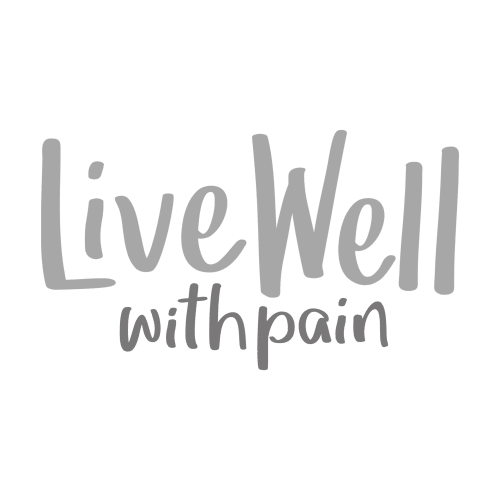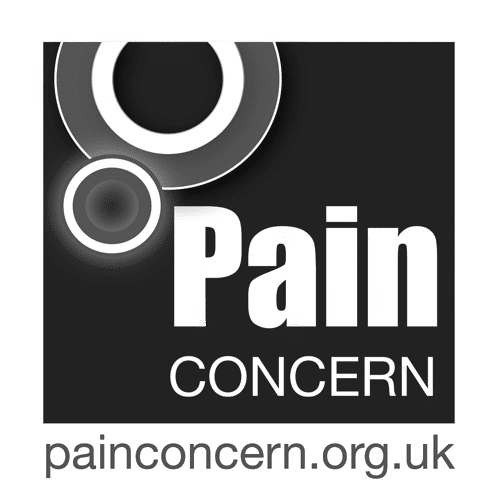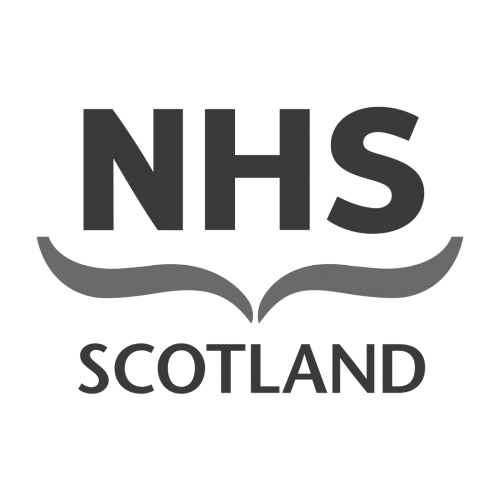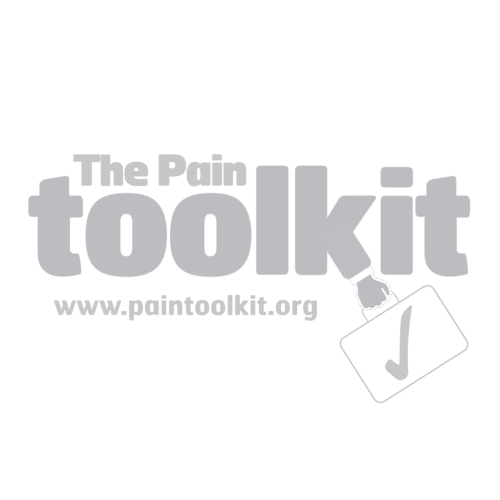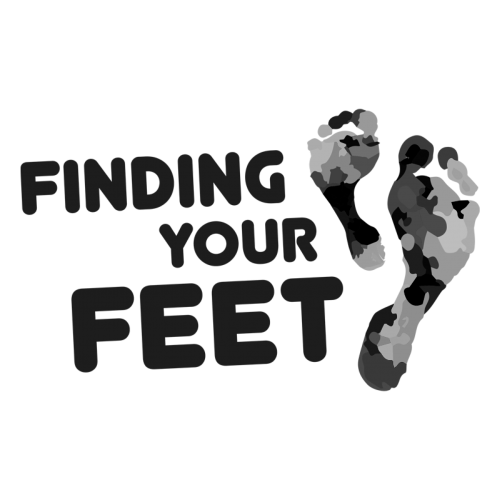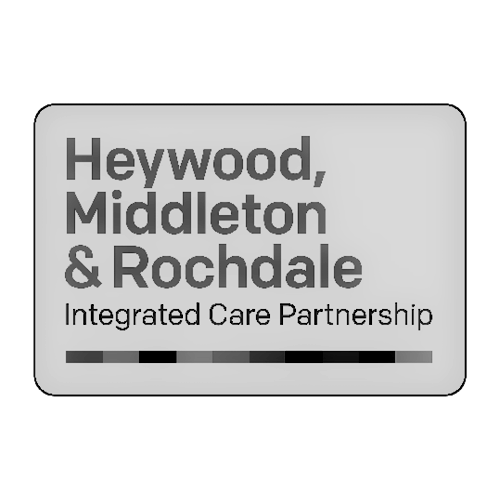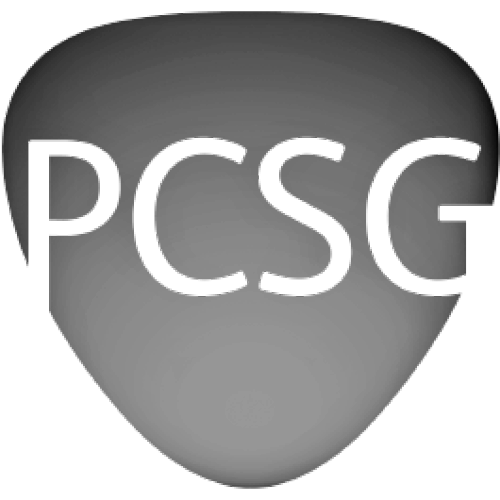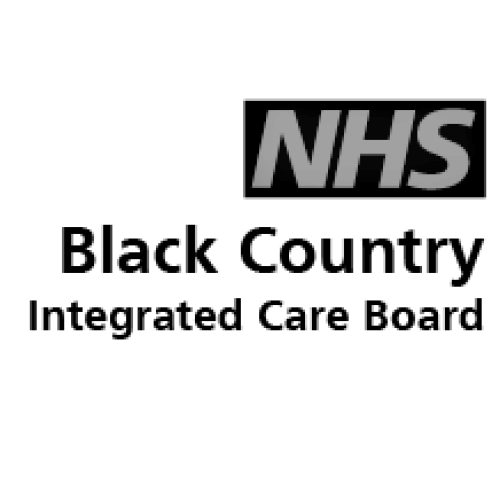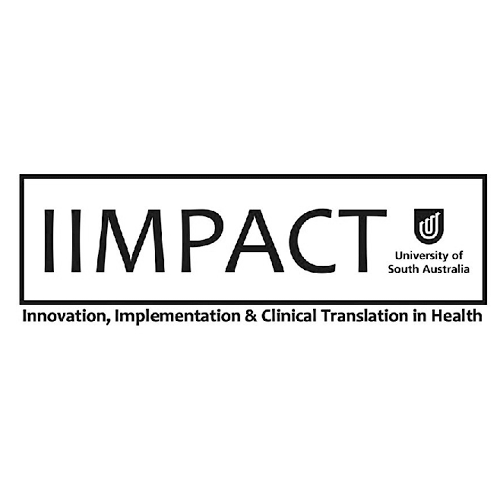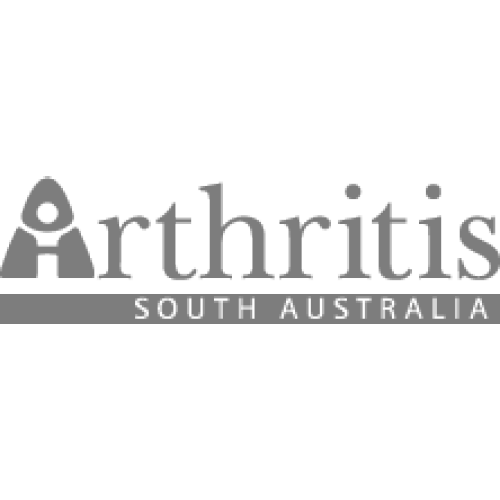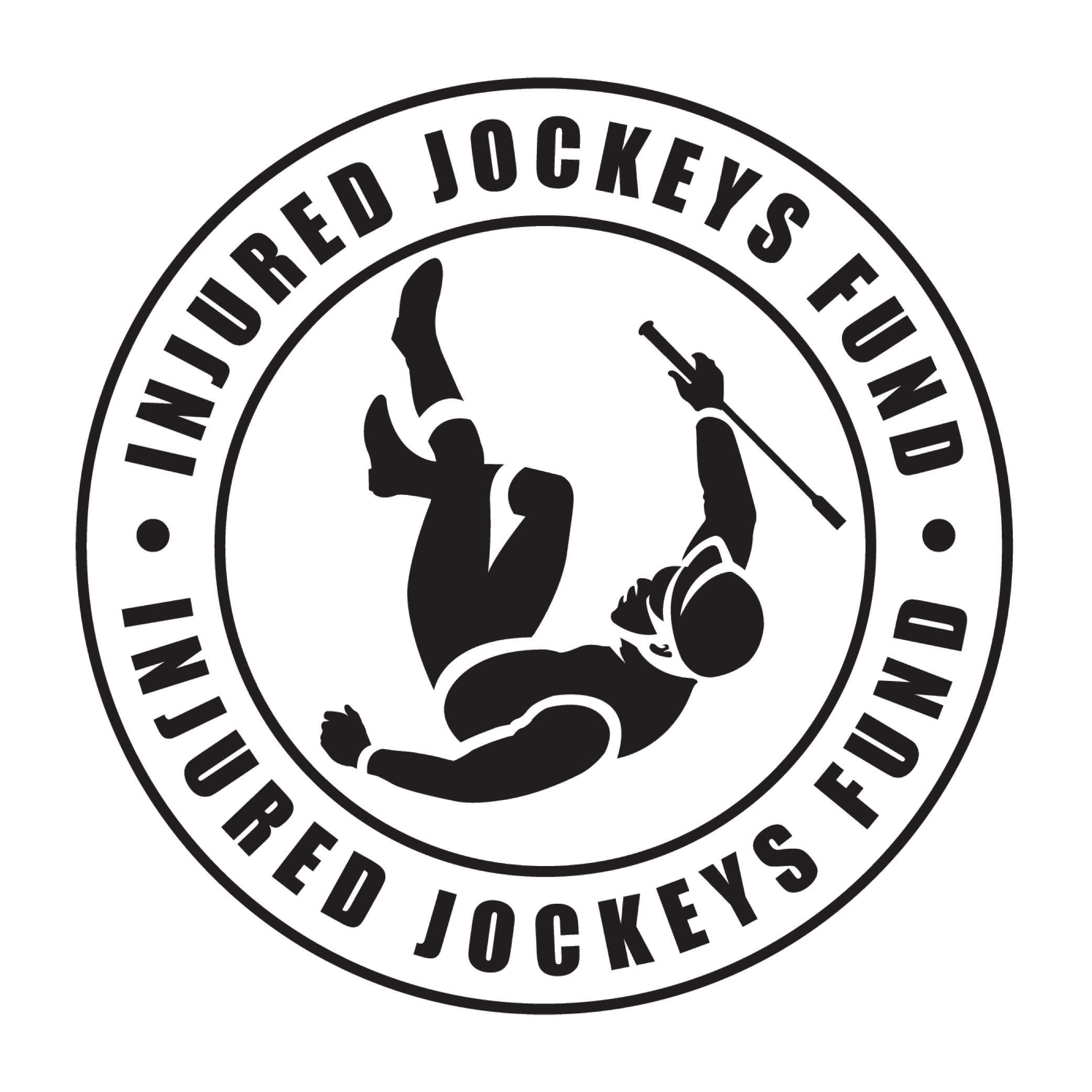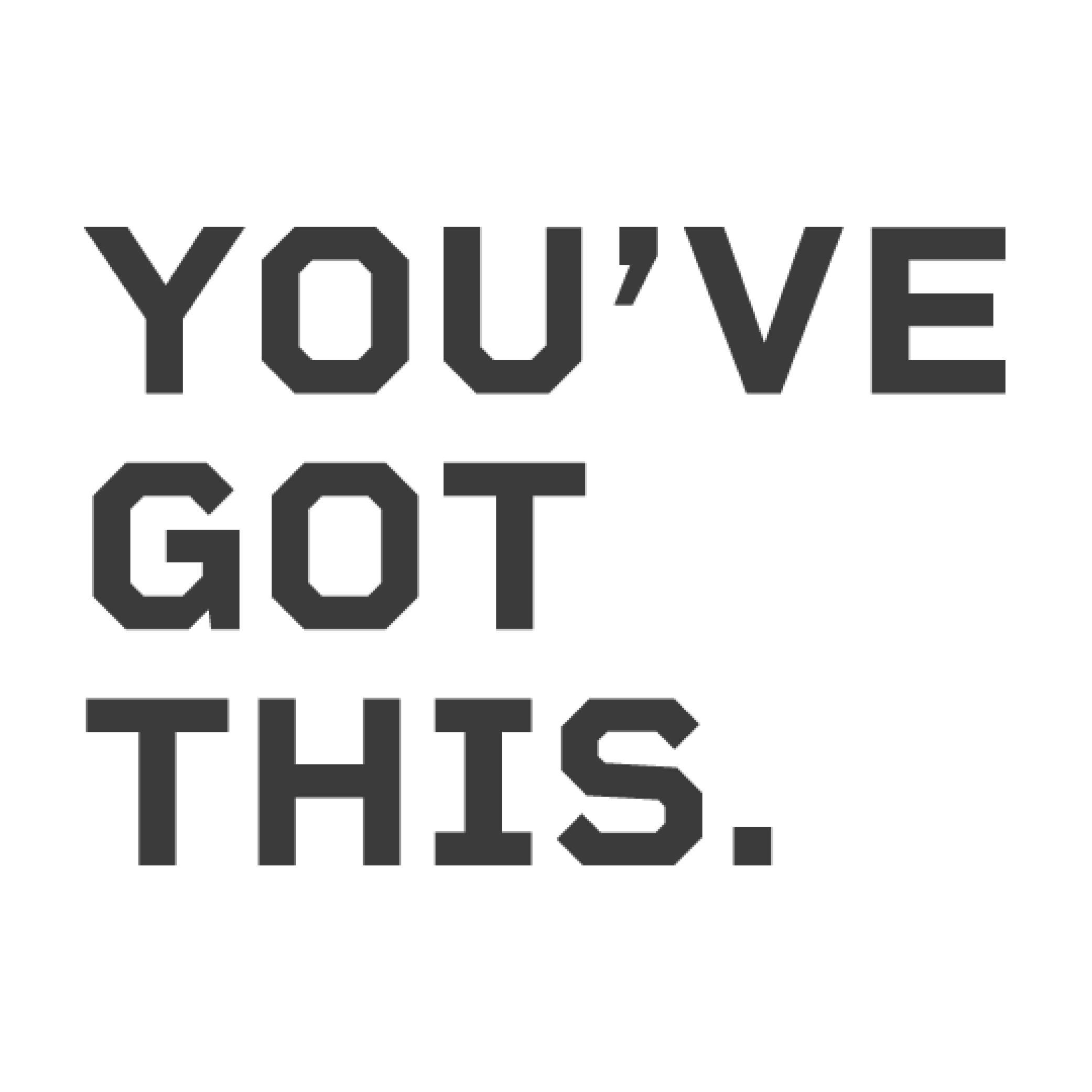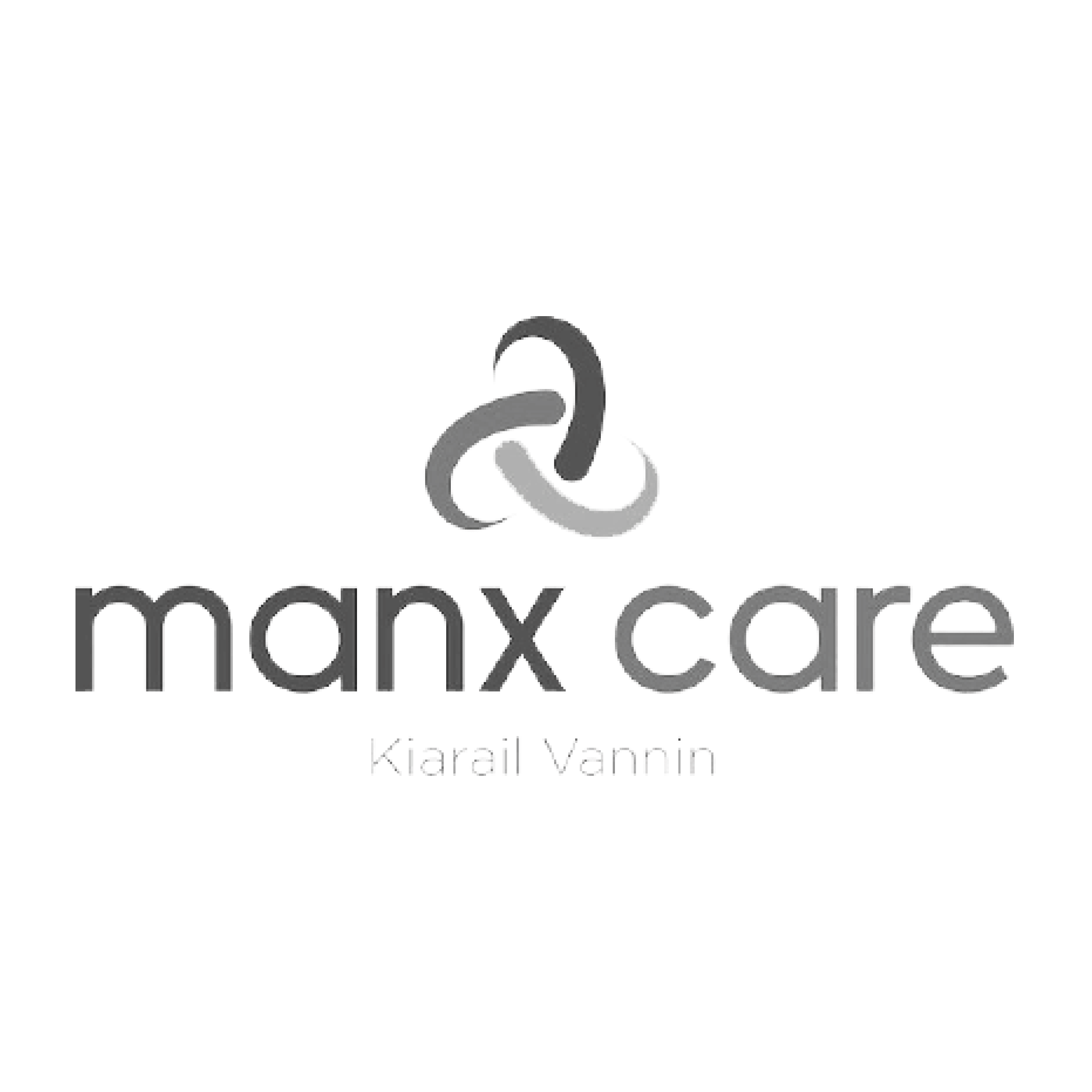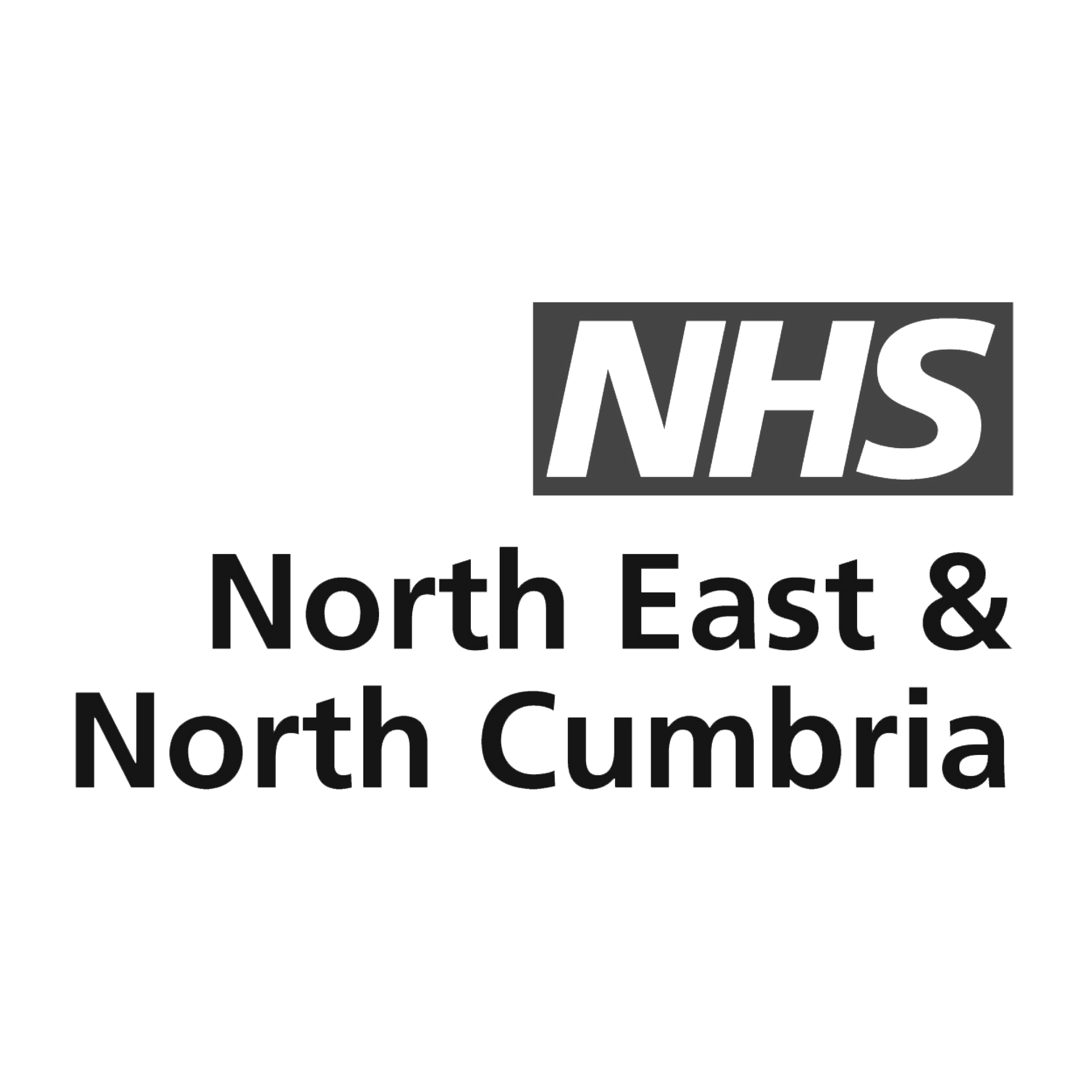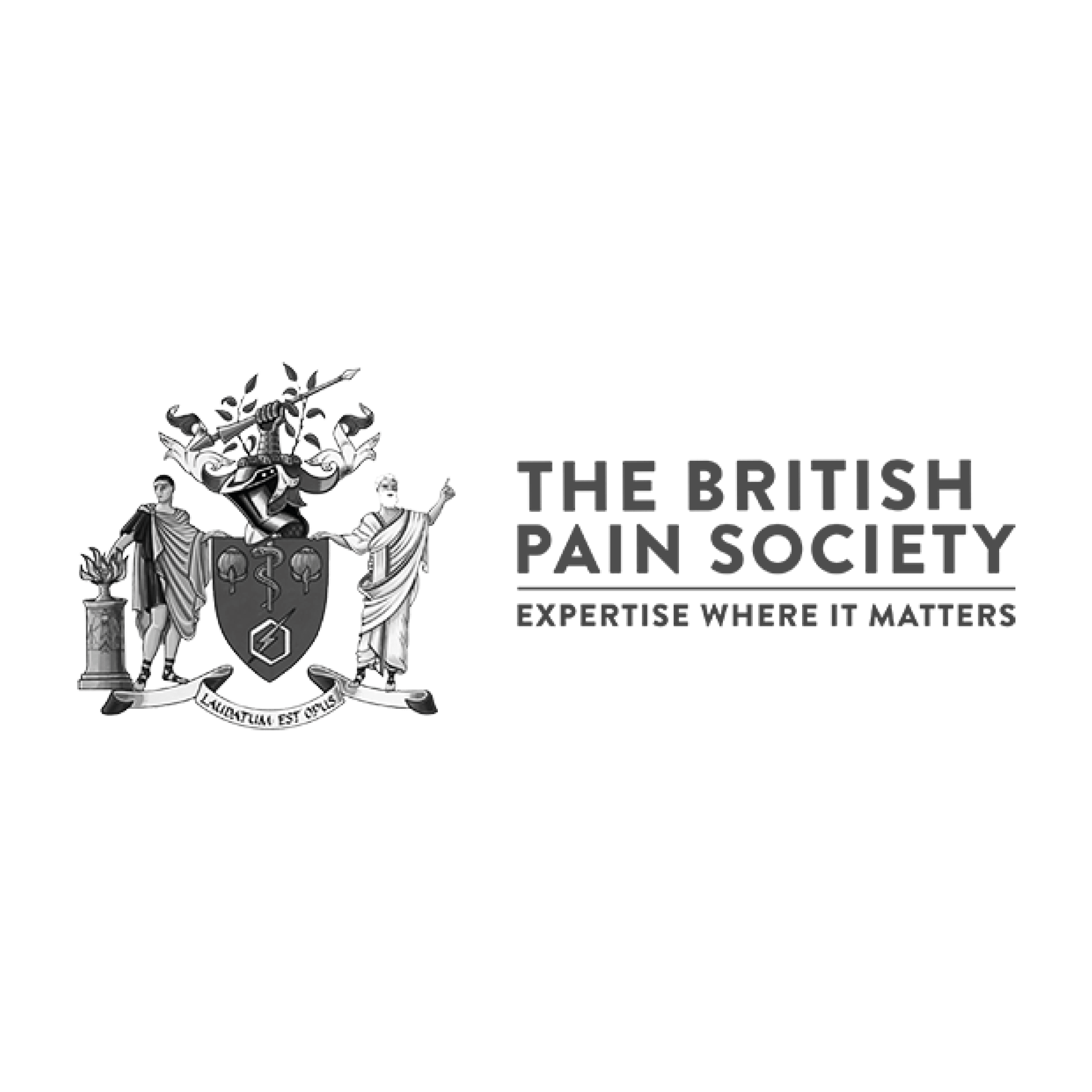If you missed our ‘Pain: Do You Get It Ayrshire?’ event back in August, you can catch up below:
Catch up on the full Q&A session, including questions we didn’t cover on the day, below:
I want to ask about the use of alternative therapies as part of self care route?
NINA: Sounds good! Anything which promotes your well-being, feels enjoyable or relaxing as part of your self-care is helpful. I think sometimes when alternative therapies are sought out to “cure” pain, there can be more mixed experiences: there might be a little short-term relief but often no longer term benefit which can be a frustrating, and sometimes expensive, path to follow. Emotionally, this may tend to keep you feeling stuck in a “battle” to be rid of your pain, which can unhelpfully increase stress levels. So yes, thinking about alternative therapies to improve well-being, rather than “cure seeking” can be a positive strategy for some people.
What does the panel think regarding access to dance for health and social prescribing as a pain management route?
I have found Guided Meditation and Arts & Crafts help. What do other people use?
NINA: I think social prescribing is incredibly helpful to support improving quality of life. What that looks like is very different for each person, as we’re all individuals! Working out what brings you closer to feeling like YOU again is the key: whether that’s growing raised vegetable beds or Tai Chi, or joining a Community Choir or arts group, or volunteering a few hours for something you care about, it’s about what matters to YOU. All of us are much more like to keeping going with activities and interests that feel good for us personally or bring us satisfaction; sometimes that’s an individual hobby or activity, and for some, connecting with others socially is important.
The more I learn, the more I wonder why the term ‘bone on bone’ is not banned from the NHS?
CORMAC: Thank you for your comment. I agree that the term “bone on bone” is not a helpful term for describing what might be causing joint pain. The term is at best misleading and at worst harmful, potentially increasing pain related fear. It evokes a very negative image which can reinforce the misconceptions that pain is solely due to tissue injury and that hurt always means harm. We recently organised an online Flippin’ Pain event specifically on osteoarthritic (OA) pain. It was delivered by Dr Natasha Stanton from Australia, a leading expert in pain education around OA. The link to the event is here. In the event, the term bone on bone is specifically discussed. I hope you find it interesting. Thank you for your interest in Flippin’ Pain.
Is there anything specific to aid bone grinding on bone pains? Can anything help re-build cartilage?
CORMAC: Thank you for your question. “Bone grinding on bone pains” which sounds similar to the term “bone on bone” is a description you hear commonly used. It suggests that the individuals’ pain is caused by the bones rubbing against each other, causing the cartilage on the end of the bones to wear away – commonly referred to as “wear and tear”. This sort of terminology would give the impression that exercising which puts more weight through our joints would be bad for our cartilage and cause greater amounts of “wear and tear”.
However, the science suggests that things are not that simple and the “wear and tear” terminology is one of the misconceptions around persistent pain. The science is now suggesting that a better term would be “wear and repair” – that repetitive compressive movement that occurs with regular exercise such as jogging can actually be good for our cartilage and it facilitates a positive cycle where the cartilage gets broken down and then rebuilds better. This is a bit like how muscles respond to weightlifting, the weightlifting stresses the muscles causing them to breakdown but then they build back stronger causing the muscles to get bigger (also known as hypertrophy).
So if you will, regular exercise such as jogging is a bit like weight lifting for your cartilage and can help to keep it healthy. This will be part of the reason why exercise is one of key treatments recommended by NICE for Osteoarthritis (https://www.nice.org.uk/guidance/cg177). We recently organised an online Flippin’ Pain event specifically on osteoarthritic (OA) pain. It was delivered by Dr Natasha Stanton from Australia, a leading expert in pain education around OA. The link to the event is here.In the event the term Bone on bone is specifically discussed and the influence of exercise on cartilage discussed in more detail. I hope you find it interesting. Thank you for your interest in Flippin’ Pain.
Does this only apply to musculoskeletal pain or can it also apply to migraine?
CORMAC: Thanks for your great question. All pain regardless of the location of the pain share a lot of commonalities. All pain is influenced by biological, psychological, and social things. Migraine is not different to other pain in this regard and thus many of the mechanisms associated with persistent pain that were described in this event, such as sensitisation of the pain alarm system is also active in persistent migraine pain. Similarly, many of the active physical and psychological interventions recommended for persistent pain are recommended for persistent migraine pain. I would recommend checking out the National Migraine Centre website (https://www.nationalmigrainecentre.org.uk/). They have a great deal of excellent resources including a podcast that was undertaken in conjunction with the Flippin’ Pain campaign (https://www.nationalmigrainecentre.org.uk/migraine-and-headaches/heads-up-podcast/#chronicpainmigraine). I hope you find it interesting. Thank you for your interest in Flippin’ Pain.
My partner experiences severe diabetic neuropathy pain and I wondered if CBT etc. would help with this? At the moment he has to take a lot of pain relief that really impacts on his ability to do things, causing tiredness etc.
NINA: Certainly Cognitive Behaviour Therapy (or CBT) has been shown to be helpful for many people managing long-term conditions, like diabetes and pain, which can impact on emotional well-being and quality of life. The CBT framework uses “thought-feeling-behaviour” cycles to help people explore and understand how these are related, by mapping out and reflecting on thoughts, feelings and behaviours associated with specific everyday situations and experiences. This can provide strategies and tools to help cope with persistent symptoms and health challenges. Obviously, the aim isn’t to “cure” physical aspects, but to help reduce the overall impact on everyday life.
There are also other evidence-based psychological therapies used in NHS psychology services for physical health conditions, like Acceptance and Commitment Therapy (ACT), and Compassion-Focussed Therapy (CFT). GPs can now refer you to a free on-line CBT programme for chronic pain, from SilverCloud in NHS Scotland, so that may be worth considering or looking into?
Sleep (or lack of) really affects how you cope with pain. How can pain be controlled to get better sleep? What is ‘sleep hygiene’?
Nina mentioned on the live event the impact sleep can have on pain and vice versa. We have linked some leaflets here which might be of use:
Sleep and Pain leaflet: https://www.nhsaaa.net/media/10004/mis12-245-cc-msk-sleep-a4-information-sheet_.pdf
Pain Management workbook (includes section of sleep): https://www.nhsaaa.net/pain-management-service/pain-management-workbook/
Sleep Foundation: https://www.sleepfoundation.org/physical-health/pain-and-sleep
How do answer the common question ‘so you’re saying it’s all in my head’?
NINA: Totally relate to this one! I usually take a few approaches: firstly validating that “all pain is REAL” is a good starting point. I would then introduce some of the educational points that Cormac makes so well… that pain, like vision and all our other senses, is an output from our brains, so our pain experience is interpreted “in our heads” like what we see and hear. Using some of the educational materials and videos, like Lorimer Moseley’s “Tame the Beast” etc., can help people get a better grasp of the complexity of pain including the “BIO” “PSYCHO” and “SOCIAL” factors which affect it.
As a psychologist, when people are referred to me, I often also explain that psychologists are working in many areas of physical health and long-terms conditions, like diabetes, heart conditions, stroke, cancer, as well as pain… not because anyone thinks those conditions and symptoms are “in our heads” either, but because we work support people’s coping and adjustment, to promote self-management and better quality of life.
If you’re trying to find out what your back/hip pain cause is, where does this approach fit in?
CORMAC: Thanks for this excellent question. I think many people on their pain journey want to know what is the cause of their pain. It is a really common question. There is no easy answer to what causes your pain for any one person. The information delivered in the Flippin’ Pain event puts across the idea that pain is influenced (or caused) by a range of biological, psychological and social factors. It is rarely one easy pinpointable thing. Many people, including many health care professionals, become extremely focused on finding a pathology or injury in the tissues as the sole cause of the pain, and they spend a considerable amount of time, and effort, and money, having one medical investigation/scan after another.
Unfortunately, when it comes to persistent pain this can be a pretty fruitless exercise because hurt does not always mean harm. In persistent pain there is a weak relationship between the state of the tissues and the amount of pain someone experiences. Scans and investigations can have an important role to play in ruling out certain nasty pathologies when the initial clinical physical investigation cannot rule those pathologies out, but as a diagnostic tool beyond that these scans and investigations are not usually all that helpful, and sometimes they can make things worse by identifying normal age-related findings on a scan and mistakenly classifying them as the causative pathology. This can inadvertently increase a person’s worry about the health of their tissues. A better understanding of pain science can help you to make a more informed decision about the health care information you receive, the proposed diagnosis you are given, and the treatments you are offered. I hope that helps to answer your question. For more information, please check out our website. Thank you for your interest in Flippin’ Pain.
Can GPs be encouraged not to tell the elderly… it’s your age, everyone has chronic pain… you need to live with it nothing can be done?
KIERAN: Think this point (not a question) relates to communication skills. Yes, I agree language should be supportive. On the one hand, the GP is correct when they say that increasing age and pain are linked and that it is common for older adults to live with chronic pain. Realistic medicine encourages open and honest conversations, so it is important to be up front with people that this is a long-term condition. On the other hand, this person’s experience could have been improved if there was more positive language which offered hope. Good conversations allow clinicians and patients alike to work as a team. This helps identify barriers and solutions that enrich quality of life. Something that can help your GP to help you is to book a consultation to focus solely on pain management. Too often people come with many problems at once and a 10-minute appointment simply does not give enough time to have a proper pain management conversation. A tool that can help to improve pain conversations is the Pain Navigator https://painconcern.org.uk/the-navigator-tool/
If a GP treats chronic pain via medication solely, how would you be able to reach out to a pain clinic to manage pain better via all the approaches mentioned?
KIERAN: Thanks for this. If you feel you need more support, then I would encourage you to start with NHS Inform as this gives an overview of lots of the things you can do for yourself now that will make a difference. It also has links to effective third sector organisations that can offer you support in the community – https://www.nhsinform.scot/illnesses-and-conditions/brain-nerves-and-spinal-cord/chronic-pain.
If you have learned about self-management, received support from these organisations and are still struggling to function due to pain then it would be good to attend your GP to assess the emotional aspect of pain as depression/anxiety are easily overlooked. Persistent pain is both a physical and emotional condition. Often medications for improving mood can have a better impact than pain tablets. If your mental health is stable and you are motivated to attend the pain rehabilitation service, then ask your GP for a referral. Pain teams do not cure pain, they help people improve their self-management skills with support offered via a multidisciplinary team.
Can a GP (or similar) prescribe alternative activities? Given the long term cost of drug therapy it would be efficient to offer patients/clients other therapies. such as massage, yoga etc. I am self employed with chronic pain but cant afford to take part in these beneficial activities.
KIERAN: Thanks for this question and the consideration of alternative therapies. The NHS does not fund alternative therapies such as yoga, massage etc. However, NHS Inform gives signposting advice to a range of non-medication resources if you go to their guide https://www.nhsinform.scot/illnesses-and-conditions/brain-nerves-and-spinal-cord/chronic-pain. Also as you are self-employed you would be able to phone Working Health Services which is free occupational health service and request physiotherapy support – https://www.healthyworkinglives.scot/workplace-guidance/illness-absence/Pages/employees-with-health-conditions.aspx
To Kieran, as Flippin’ Pain are advising that physical exercise is good for chronic pain and helpful for mental health, are GPs most considering now of a gym referral for chronic pain sufferers?
KIERAN: Thanks for this. Yes we have physical activity prescriptions available to give to people who request them. Please contact your GP practice directly and I hope they can help you. Also, the Physiotherapy Pain Association have a nice link to home exercises https://ppa.csp.org.uk/content/keeping-active
How do you start the process of coming off opioids?
KIERAN: Great question! Please make an appointment with the pharmacist in your GP practice and they can help you safely reduce and offer you support. Also https://my.livewellwithpain.co.uk/ has good resources. In short, get information and support to make it as easy as possible for you to come off them.
Colin, how did you get convinced to come off the patches? I find that despite them not being effective, I cannot convince patients to come off them
COLIN: I was having to change my patches every 48hrs and as such every good day was followed by 24hrs of being crippled with pain. My good spell was reducing and I was on 175mg/hrs dose. I was becoming more and more withdrawn from family life, spending more and more time in bed but still suffering chronic pain.
I felt something had to be done either surgically or medication as I couldn’t continue the way things were going. My GP referred me back to the pain clinic which was under new management. It was here that I found help with Emma Mair and the pain management team. It was also the point I found out I was addicted to prescription medication. With the help of the pain management team I started coming off opioids, that process took a full year. Once clear of opiates the team were able to help with a new prescription and I also had several rounds of Qutenza patches on my effected areas.
Does the biopsychosocial approach to pain management work for an acute, short-term flare of pain where there is likely a ‘harm’ that needs addressed? Or is this more so for managing persistent chronic pain? Can acute flares be managed without recourse to meds?
Flare ups can occur for a variety of reasons and often it is a mix of what has been going on physically and emotionally, even environmentally. It might be that we have increased activity due to a nice social occasion but it can also be negative mood, stress etc. that can impact on flare ups too. It is often not “harm” that has caused the increase in pain but there is more “hurt”.
In flare ups we often say it is about being prepared. Have an action plan written down to remind you what works so you can remind yourself of the tools you have in your toolkit. That might be reducing your activity for a day or two but not completely resting or asking for a bit more support to get the shopping, but it should also include a “getting back on track” plan.
Using medications alone in flare up management can sometimes make it difficult to get back on track and often are less effective over time. There is some more information on flare ups here: https://www.nhsaaa.net/media/6561/flare-ups-and-pain.pdf and here: https://static1.squarespace.com/static/5deb894c3604e93ed7a65339/t/5f4f6ef872232a72d607d4e7/1599041273103/Flare+ups1+copy.pdf or by video: https://youtu.be/qYwKG6U26hQ
For Ruth/Colin, what did you find most useful to help you start the journey and then use those tools?
RUTH: I think I used the phrase education was a foundation. I read a lot and was able to understand the science of pain and reasons why pain was persisting but in the beginning I couldn’t see how to move from this knowledge to action. How could I apply this to me? I wasn’t able to do it alone. It was all common sense but as a very vulnerable person in despair with the world crumbling around me I couldn’t apply this learning. I needed support. For me it was a pain management programme but for others it may be the support of a health professional etc. But when I realised that no intervention was helping I needed to find a way to manage. I wanted to manage. The idea of starting from scratch and building up suited me be that physically, emotionally or practically. Concentrating on what was important in life helped. Shifting my mindset from I can’t do that. To how can I do it differently. By continually putting my ways of doing things into question? Why not sit on the floor if that is better? Why not move around? Being able to communicate effectively and assertively about my pain helped this journey. Communicating with family, friends and at work. I realised that things I thought mattered really didn’t e.g. no one noticed if I stood, moved around, no one cared if I needed to change how I did something. Having someone to talk to, be supportive and listen without offering lots of treatment, solutions.
COLIN: Personally I found most help with the visualisation and the mindfulness.
What parts of the pain management programme worked the best for you Colin and Ruth?
RUTH: I’d probably counter this question with what is ‘the best’. What is best for me may not be for someone else as pain is so individual. Physically the aspects I needed were pacing and graded exposure. I realised very quickly that they both worked so well for me. I now don’t see anything I can’t do (unless I don’t want to) I see things that I can learn to do by pacing and by building up from small chunks.
Challenging thoughts, feelings and beliefs. Not just around pain but around basically my whole life and ways of living. Being aware that you don’t have to suffer through all the lesser enjoyable parts of life and then miss out on doing enjoyable things. This belief that if you need to miss work you can’t do something enjoyable to get back on track, basically self awareness and caring. Set back plans were and are crucial. This set of tools already in place if a flare up happens. A safety net of comfort or building back up.
Psychological support after the PMP worked greatly for me. Visualising my pain as a person, writing to it, talking to it, drawing the pain, and again challenging thoughts feelings and beliefs.
At work knowing my right to have reasonable adjustments, flexible hours and ways of working.
And finally remembering what is important in life. I am self managing my life not just pain.
Does the helpline Pain Concern still function?
Pain concern website: https://painconcern.org.uk/
The helpline is still running and information is available on the website regarding times and that you can also contact by email as well as telephone. https://painconcern.org.uk/helpline/
To follow up regarding a few comments regarding Pain Association Scotland they run monthly support groups and in some areas 5 week courses more info available on the website: https://painassociation.co.uk/



